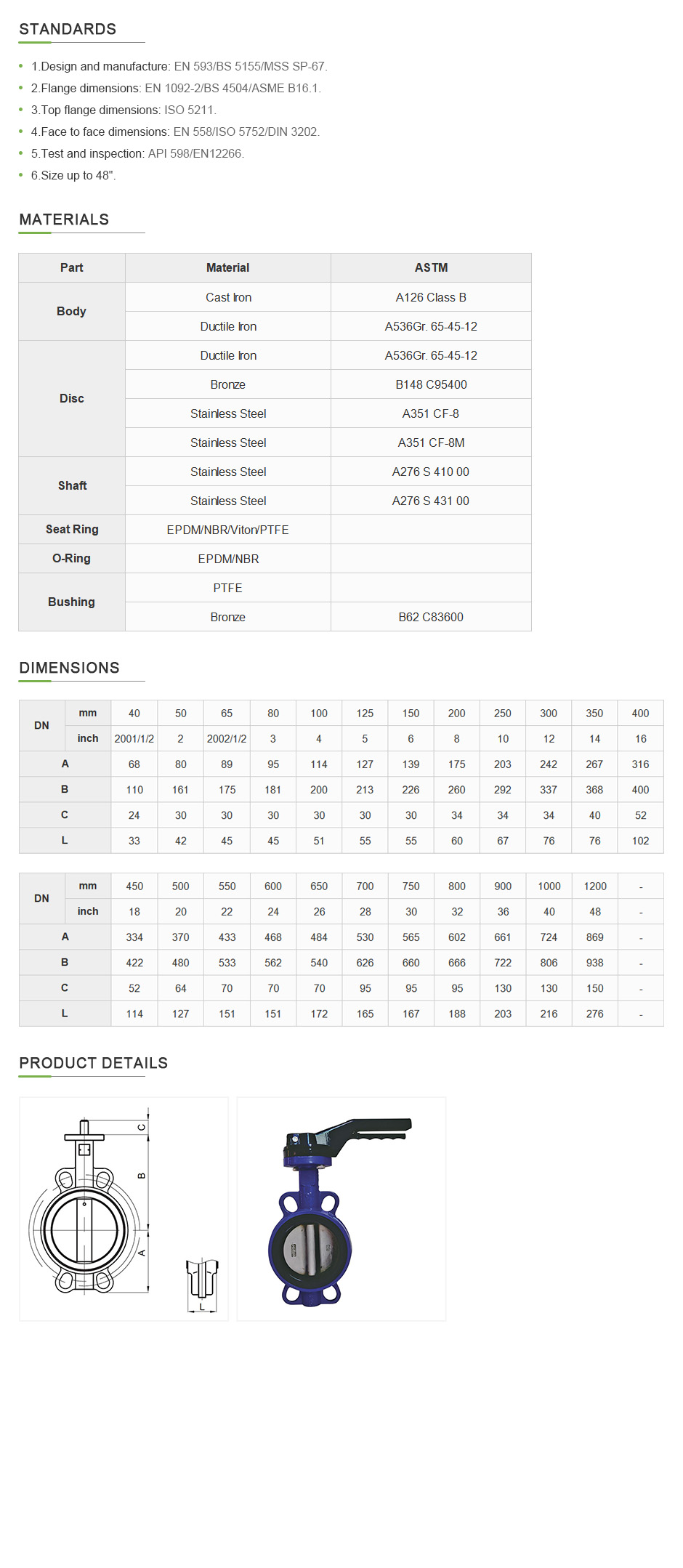ਦਸੰ. . 30, 2024 04:30 Back to list
flange adaptor and dismantling joint
Understanding Flange Adapters and Dismantling Joints Essential Tools in Piping Systems
In the world of piping systems, the need for adaptable and reliable components is paramount to ensure seamless operation and maintenance. Two critical elements in this regard are flange adapters and dismantling joints. Both play pivotal roles in connecting, disconnecting, and facilitating the maintenance of pipe systems across various industries, from water supply to oil and gas.
What is a Flange Adapter?
A flange adapter is a specialized mechanical device used to connect two different types of piping systems. Typically made from materials such as stainless steel, ductile iron, or PVC, flange adapters provide a robust solution for linking pipes of varying diameters, materials, or pressure ratings.
Flange adapters come in various configurations, including slip-on, weld neck, and threaded flanges. The choice of adapter depends on the specific application and the characteristics of the pipes being joined. For instance, a slip-on flange allows for ease and speed of installation, while a weld neck flange provides enhanced strength at the joint, making it suitable for high-stress applications.
The primary advantage of using flange adapters is their ability to simplify complex piping systems. By providing a straightforward way to connect diverse piping materials and sizes, flange adapters reduce the need for specialized fittings, thus lowering material costs and installation time.
The Role of Dismantling Joints
Dismantling joints, on the other hand, serve a different but equally important purpose. These joints are typically installed in piping systems to allow for easy disassembly and maintenance of pipes without requiring extensive dismantling of the entire system.
Dismantling joints are designed with a mechanism that can be easily adjusted or removed, making it convenient for operators to access valves, pumps, and other components within a pipeline network. They are particularly beneficial in tight spaces where conventional piping connections may pose challenges to maintenance efforts.
flange adaptor and dismantling joint

The design of dismantling joints usually incorporates features such as telescopic sections or flexible gaskets that allow for alignment adjustments during installation and maintenance. This flexibility is invaluable, especially in retrofitting existing systems or when piping alignment slightly shifts over time due to ground movement or wear.
Applications and Benefits
Both flange adapters and dismantling joints find applications across various sectors, including municipal water systems, wastewater treatment plants, oil and gas industries, and chemical processing facilities.
1. Cost Efficiency By utilizing flange adapters, facilities can minimize the need for bespoke fittings, which can be expensive and time-consuming to manufacture. Similarly, dismantling joints streamline maintenance, reducing labor costs and downtime associated with extensive disassembly.
2. Flexibility Industries often need to adapt to changing conditions, whether due to regulatory requirements or upgrades in technology. Flange adapters allow for flexible system configurations, while dismantling joints accommodate quick changes without requiring major alterations to the existing setup.
3. Enhanced Maintenance The ability to easily remove sections of piping improves access to crucial components. Operators can perform repairs and inspections more efficiently, minimizing disruption to overall system operation.
4. Safety Compliance Both flange adapters and dismantling joints contribute to ensuring safety in operations. By allowing for easy access and modifications, they facilitate compliance with safety regulations that mandate regular inspections and maintenance of piping systems.
Conclusion
In conclusion, flange adapters and dismantling joints are vital components in modern piping systems, offering flexibility, efficiency, and reliability. Their contributions to cost reduction, ease of maintenance, and system adaptability make them indispensable tools in a wide range of industrial applications. As industries continue to evolve, the reliance on such innovative components will only grow, highlighting the importance of understanding and implementing these systems effectively for optimal performance.
Share
-
Reliable Wafer Type Butterfly Valves for Every IndustryNewsJul.25,2025
-
Reliable Flow Control Begins with the Right Ball Check ValveNewsJul.25,2025
-
Precision Flow Control Starts with Quality ValvesNewsJul.25,2025
-
Industrial Flow Control ReliabilityNewsJul.25,2025
-
Engineered for Efficiency Gate Valves That Power Industrial PerformanceNewsJul.25,2025
-
Empowering Infrastructure Through Quality ManufacturingNewsJul.25,2025